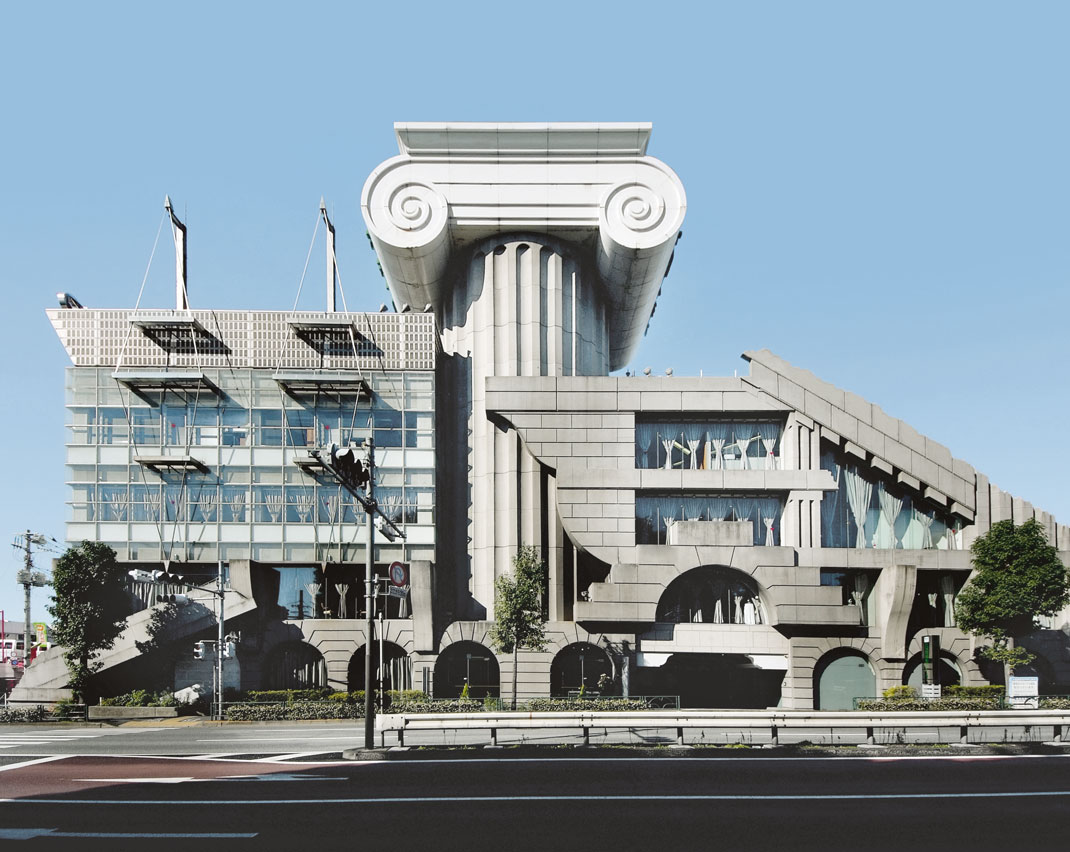
How Postmodernism became a dirty word
Did politics play a part in the backlash against this permissive, fun and irreverent architectural style?
On 1 December, 1987 Prince Charles dropped his own bomb at the Corporation of London Planning Committee's Annual Dinner, when recalling an earlier, World War II, bombardment. “You have to give this much to the Luftwaffe,” he said in a speech to the assembled dignitaries, quoted in our new book Postmodern Architecture: Less is a Bore, “when it knocked down our buildings it did not replace them with anything more offensive than rubble. We did that.”
Charles was not a fan of Postmodern architecture – the colourful, ornate, irreverent style of architecture that was then in vogue. He isn’t alone. Alongside fervent supporters of the style, our new book is peppered with quotes from critics and detractors. Some, such as the linguist and social commentator Noam Chomsky – who is quoted as saying Postmodernists are “amusing and perfectly self-conscious charlatans” – aren’t especially strident; others, from architects such as Berthold Lubetkin and Richard Rogers, are a little more hard core.
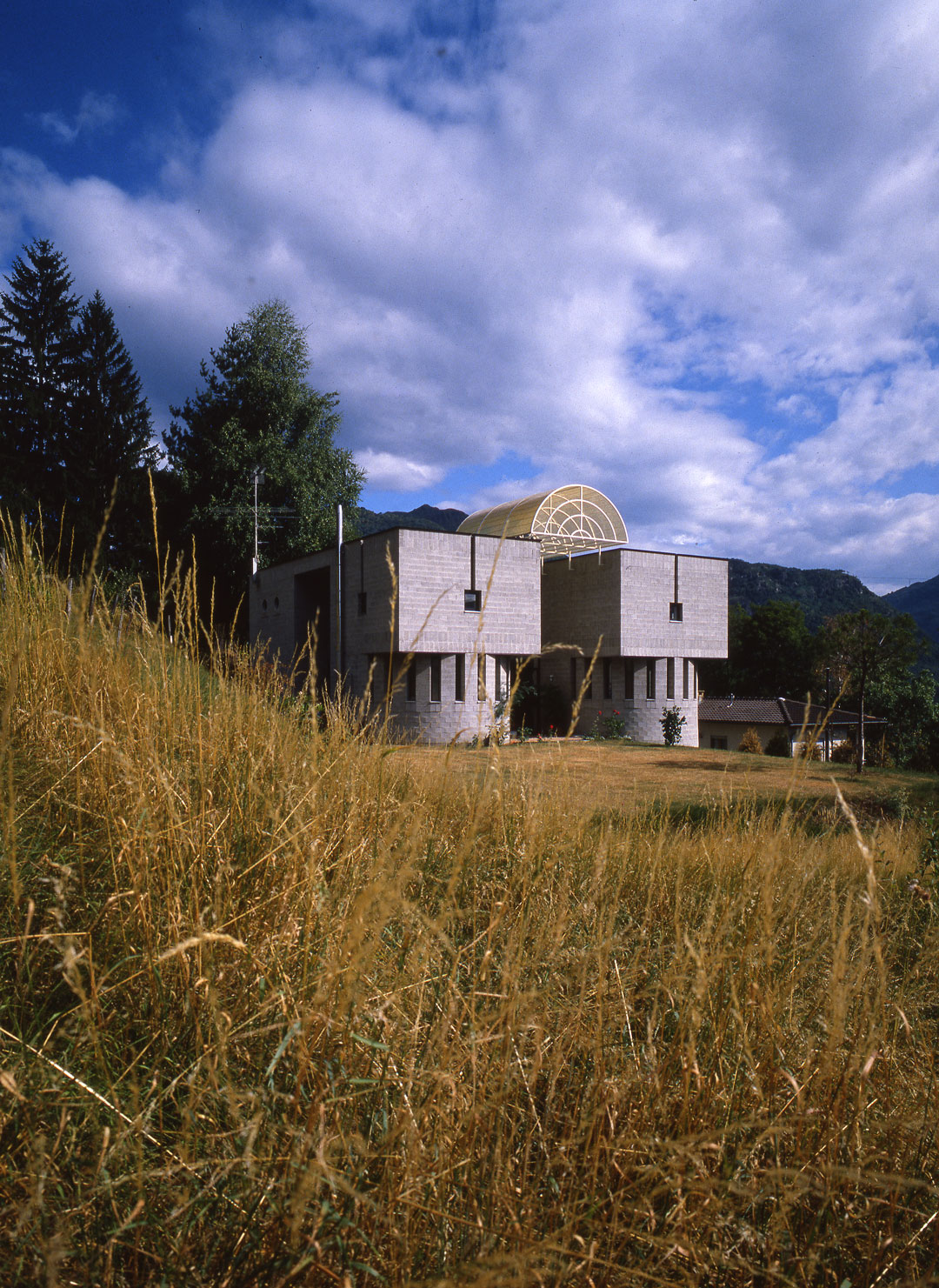
“This [Postmodern architecture] is a transvestite architecture, Heppelwhite and Chippendale in drag,” Lubetkin is quoted as saying, while Richard Rogers characterized the movement as “the superficial aesthetic of shoddy commercial design, obsessed with money and fashion.”
Why did this playful style, which was favoured by such diverse intuitions as the British secret service to the Walt Disney Company, draw so much hatred? In his introduction the architectural historian, author and curator, Owen Hopkins, offers an explanation.
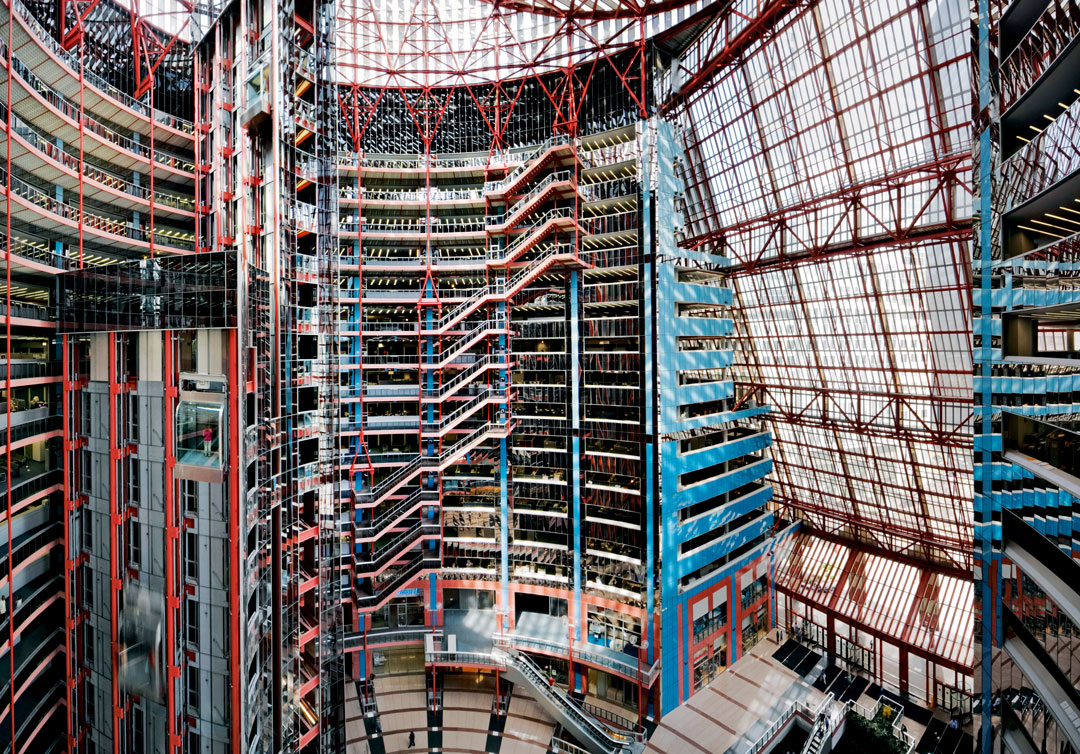
“If Postmodernism is representative of any political position it is a liberal one,” he writes. “Postmodernism is about freedom of expression, of meaning, and identity. It’s about revelling in disorder, contingency, and complexity, about breaking down hierarchies, and about celebrating the marginal, overlooked, or oppressed. It sees every facet of our existence become a cultural act, and culture imbued in the very core of our individual and collective beings.”
Perhaps this explains why the movement annoyed both avowed traditionalists, such as Prince Charles, and progressives like Lubetkin, who perhaps saw Postmodernism as a foppish dilution of the earlier, all-encompassing modernist vision.
If this is an accurate characterization, then these two, very different figures, were quite right to hate Postmodernism. Yet their hatred says more about the shortcomings of their own visions, rather than Postmodernism itself.
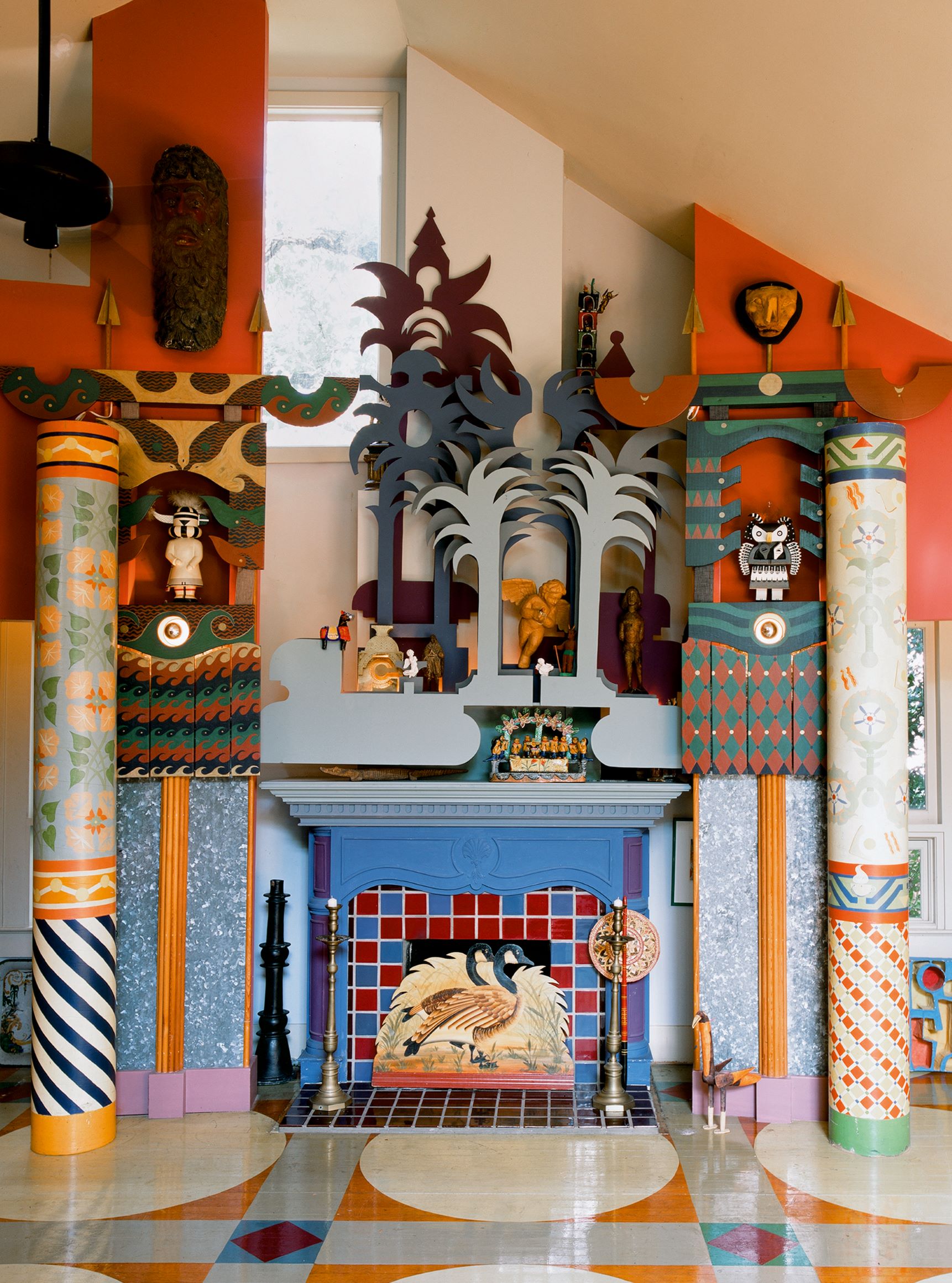
“Postmodernism is not an argument for relativism, but for the very value of pluralism, permissiveness, and un-thought of possibility,” writes Hopkins. Unfortunately, the late 1970s and 1980s weren’t a great time for plural and permissive movements, as politics on both sides of the Atlantic, and elsewhere, took a sharp turn to the right. So it shouldn’t surprise us to learn, that, as Hopkins puts it, “Inevitably Postmodernism faced a backlash;” he goes on, arguing that it was “frequently written off as a silly stylistic game or simply tasteless and ugly, in contrast to ‘serious’ architecture–whatever that meant. By the late 1990s, Postmodernism was almost a dirty word, one that no self-respecting architect would dare mutter.”
Yet, in the intervening decades, the movement has been resurrected, as many within the architectural community and beyond reassess this varied, entertaining, and often charming style of building, just as the ideas its proponents put forward have found their way from the margins and into the mainstream.
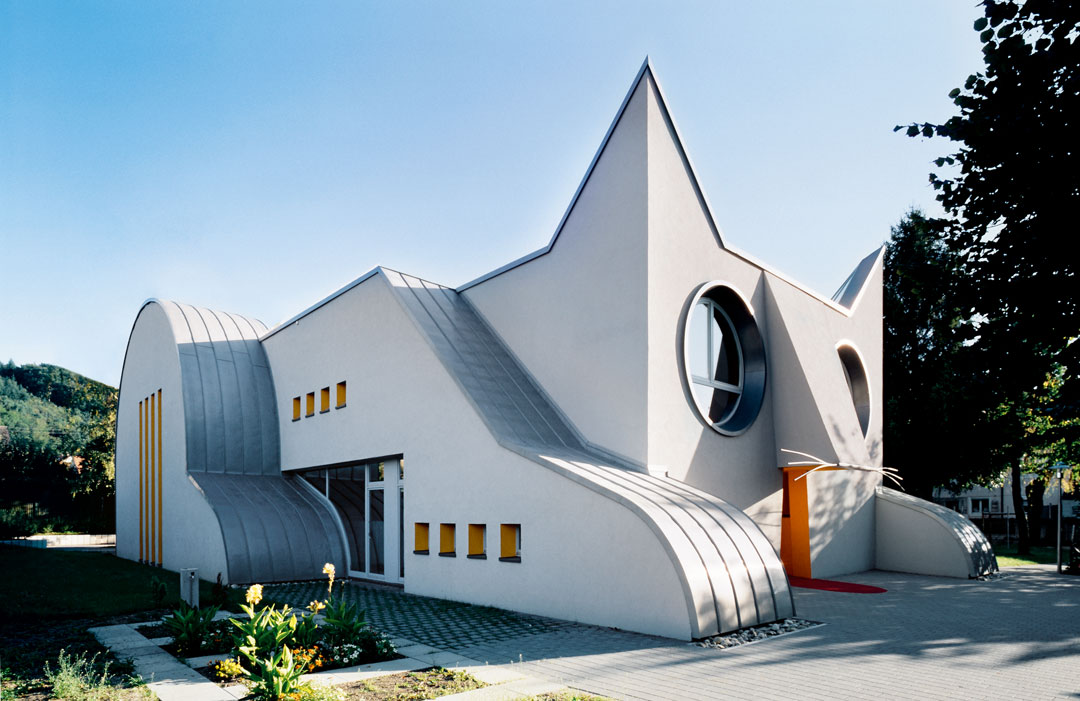
“Its legacy has been pervasive,” writes Hopkins. “Issues of place, context, and architectural meaning that have their origins in Postmodern theory have been internalized as part of nearly every architect’s thinking–even if they don’t necessarily realize or appreciate it.” Just as Postmodernists seem to prove that a complete lack of ornamentation can be boring, so they also seem to show how a mass, international, one-style-fits-all approach to our built environment isn’t so great too.
Exquisite taste and restraint is nice, but there’s also something to be said for a little confusion, localism, fun and disorder, even if it isn’t always politically acceptable. That’s the view of that other great aesthetic seer of the late 20th century Andy Warhol, who is quoted in our book too, saying “I like to be the right thing in the wrong place, and the wrong thing in the right place. Being the right thing in the wrong place and the wrong thing in the right place is worth it because something interesting always happens.”
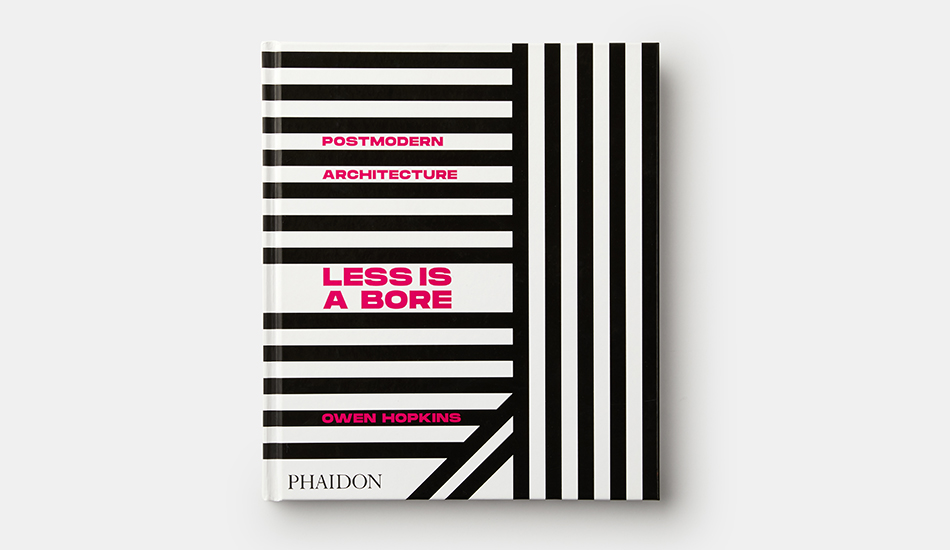
To see a few of the interesting things that arose in the architectural sphere order a copy of Postmodern Architecture: Less is a Bore, here.